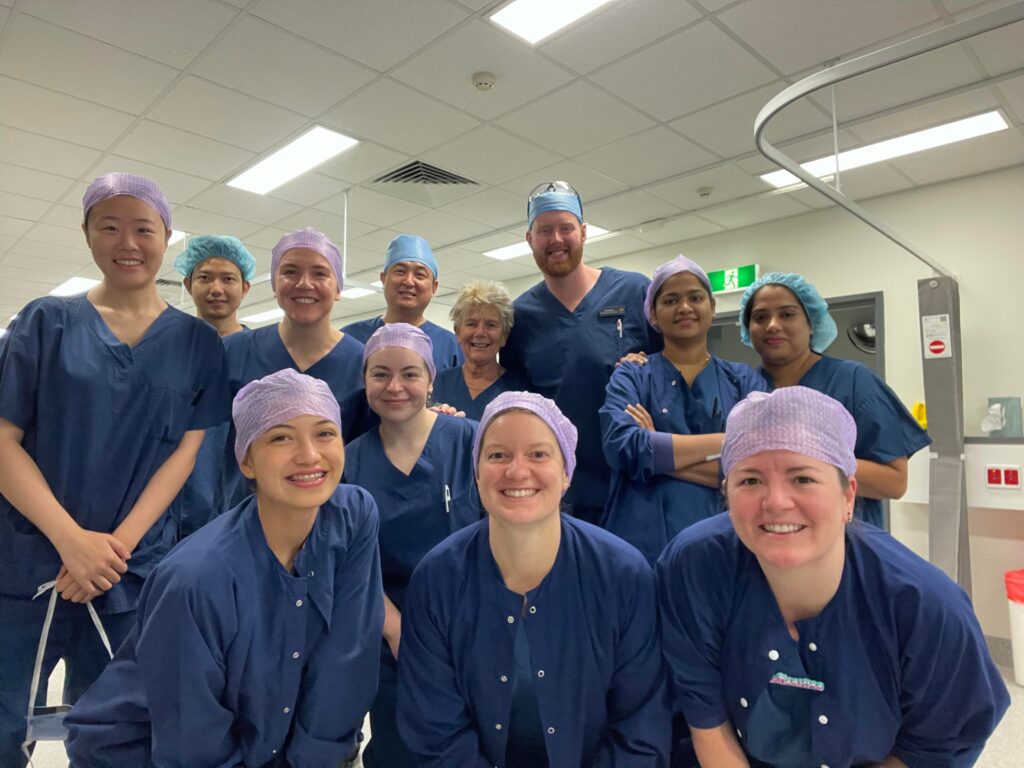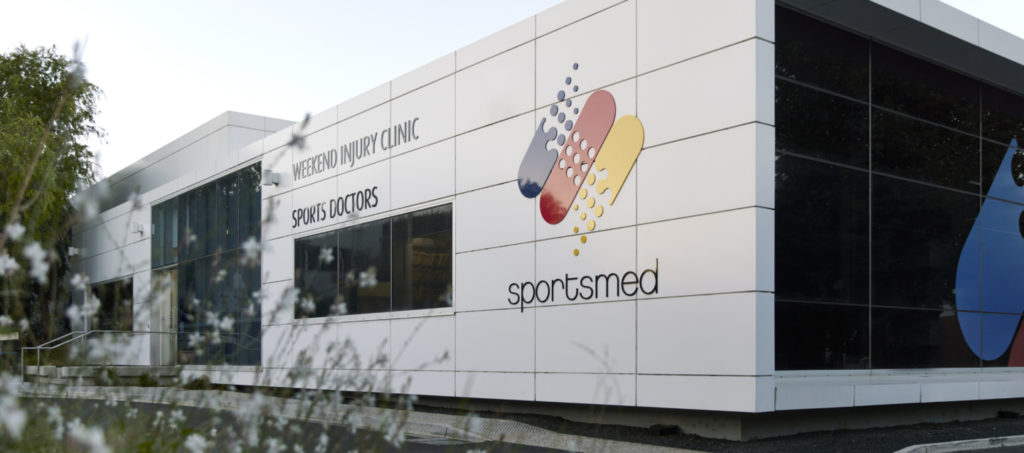Frozen shoulder is a condition that involves stiffness and moderate to severe pain in the shoulder joint. The pain can range from aching to a burning sensation that may affect the entire arm. It often arises without injury, is self-limiting and eventually resolves in most individuals.
signs and symptoms
Frozen shoulder progressively develops and can worsen over time. The pain and stiffness in the joint make everyday tasks such as showering, driving and dressing yourself difficult to complete.
There are distinct stages of the condition – freezing, frozen and thawing.
Freezing
The shoulder will start to ache and become very painful even at night and when lifting or reaching away from your body. The shoulder’s range of movement becomes limited while the pain increases. It often hurts when you lie on the affected side. This stage can last for two to nine months.
Frozen
Pain may begin to decrease during this phase, but your shoulder will remain stiff and your shoulder muscles will grow weak. This stage lasts between 4 to 12 months.
Thawing
During this final phase your shoulder will gradually regain movement and the pain will begin to fade. Full movement of the shoulder may not be regained rapidly, but you will be able to complete tasks that were difficult to carry out in the first two stages. This period can last from five months up to 2 years.
common causes
The shoulder joint is enclosed in a capsule of tough connective tissue that allows flexibility whilst maintaining stability. In frozen shoulder, the capsule thickens and tightens around the shoulder joint, restricting movement.
The cause of this problem is unclear, but it is seen more commonly in females aged between 40-60 years or after injury or surgery. The risk of developing frozen shoulder increases if you suffer from Diabetes or other autoimmune conditions.
treatment – non-operative
Treatment for frozen shoulder varies depending on the stage of the condition. The first stage (freezing) is the most painful, so treatment is focused on relieving pain.
freezing
Heat and Ice
Heat packs and ice can help with pain. Activities should also be restricted, especially if they aggravate the area further.
Medication
Pain-relieving tablets of multiple modalities may be prescribed to decrease shoulder pain. Topical anti-inflammatories may help.
Cortisone Injections
These injections can be utilised if pain medication fails. Corticosteroids help reduce pain and inflammation, but must be administered into the joint itself and not the bursa to improve movement in the shoulder.
frozen and thawing
Exercise
Regular, gentle stretching exercises will improve the shoulder’s mobility. Moving and stretching the shoulder is crucial to regaining function.
Physiotherapy
A sportsmed physiotherapist will provide a number of stretching exercises and techniques to regain movement and flexibility in the shoulder. Massage and thermotherapy using warm or cold temperature packs may also be applied to improve shoulder mobility.
treatment – surgery
Surgery is not recommended for frozen shoulder until the thawing phase, and generally, will be performed if symptoms are severe and other treatments have not improved the condition after six months.
Hydrodilatation
A Musculoskeletal radiologist will inject local anaesthetic and cortisone followed by a volume of fluid to distend the shoulder joint capsule. This expands the joint enabling greater flexibility and movement.
Manipulation under general anaesthetic
While under general anaesthetic, the shoulder will be moved, in a controlled way, to disrupt and stretch the shoulder capsule. Cortisone and local anaesthetic will be injected following the procedure to further reduce pain and recurrence. A sportsmed physiotherapist will also provide you with an exercise program. Patients are able to go home on the same day.
Arthroscopic capsular release
Capsular release is a type of ‘keyhole’ surgery where small incisions are made to enter your shoulder while you are under general anaesthetic. A probe is then inserted through the incisions to divide or cut out thickened parts of the shoulder capsule under direct vision. A sportsmed physiotherapist will also provide you with an exercise program. Patients are able to go home on the same day but often stay overnight for pain relief and initial physiotherapy to commence.
recovery
The effectiveness of each conservative treatment and surgical procedure varies, but most people will eventually regain full shoulder use and movement after 12 to 24 months.
contact
This fact sheet is a brief overview of frozen shoulder, produced by our Shoulder, Elbow, Wrist and Hand Surgeon Dr Nick Wallwork. To make an appointment or enquiry with Dr Wallwork or one of our upper limb specialists, contact 08 8362 7788 or email ortho@sportsmed.com.au.



